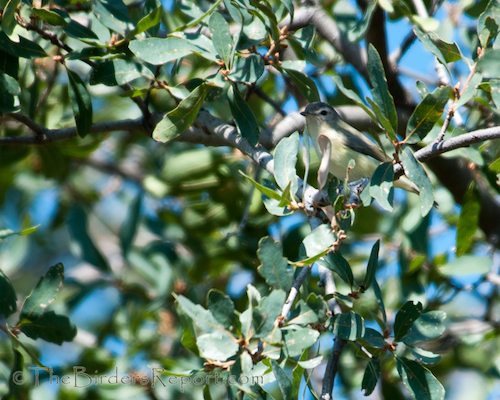 Warbling Vireo (Vireo gilvus swainsoni) photo by Larry Jordan
Warbling Vireo (Vireo gilvus swainsoni) photo by Larry Jordan
I spotted it in the oak tree near the water feature. The western subspecies of Warbling Vireo (Vireo gilvus swainsoni) traveling south on its fall migration. As stated in an earlier post, this was a new yard bird for me and I was thrilled to have it visit. Click on photos for full sized images.
Many times these somewhat plain Vireos are heard rather than seen. They have several distinctive calls described by a birding friend of mine as “asking a question.”
Warbling Vireos have a broad breeding distribution occupying a variety of deciduous forest habitats, predominantly riparian1.
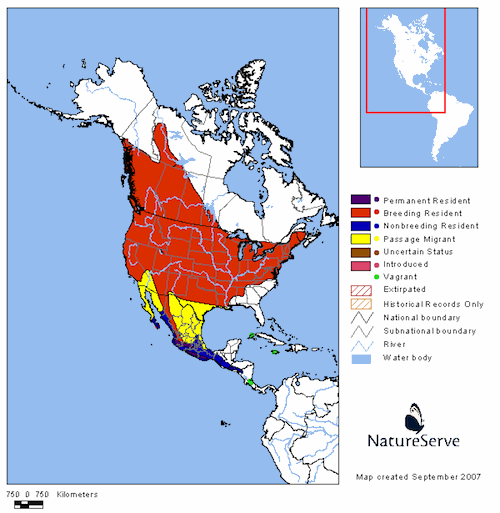
The presence of tall, primarily deciduous trees appears to be a requirement of breeding habitat. They breed in large deciduous trees, roadside tree belts, mature riparian woodlands, orchards, scattered trees in cultivated areas, on hillsides, by lakes and streams, and along canyons.
The nest is in a tree, usually high up in a horizontal twig fork, well out on a branch in the canopy. Usually 20 to 60 feet up, occasionally lower, and in the west frequently lower, sometimes in shrubs down to 4 feet2.
Their nest is a rough, rounded, hanging cup bound to twigs at its rim. Made of hair, long grasses, threads of string, bark strips, plant down and lichen, bound with spider’s webs2.
I am pleased to show you a photo of the nest from a new Flickr contact of mine, Jerry Ting. Click on the nest photo to see the full sized image at Jerry’s photostream.
As I sat near the pond with my camera, the bird began approaching.
It flew down ever closer…
curious about me and probably wanting a drink…
until it was right in front of me, giving me an excellent view.
To see more great bird photos, check out The Bird D’pot and Wild Bird Wednesday!
References: 1Birds of North America Online; 2Baicich, Paul J. and Harrison, Colin J. O. (2005). Nests, Eggs, and Nestlings of North American Birds. (Second Edition). Princeton, New Jersey: Princeton University Press

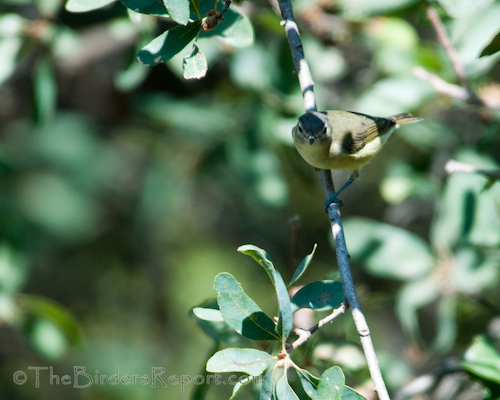
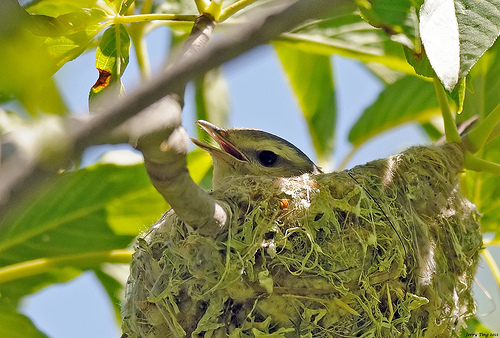
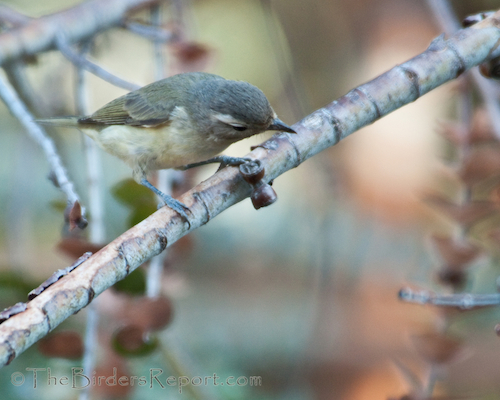
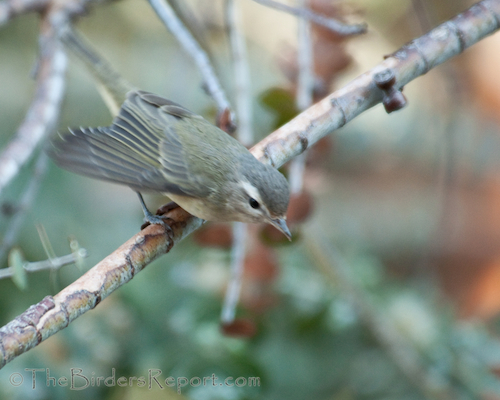
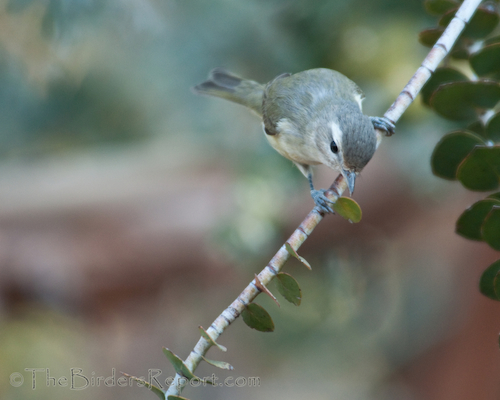
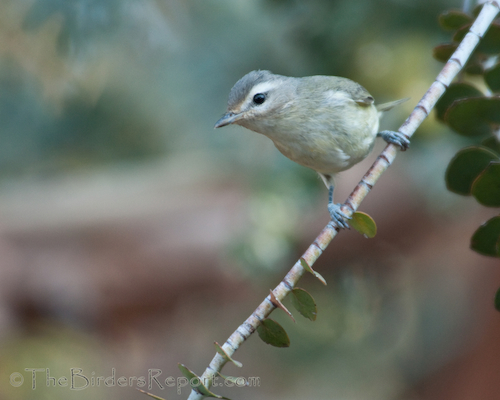
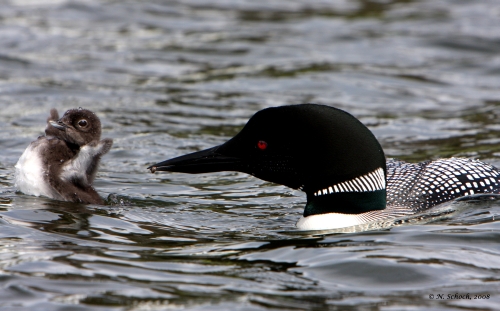
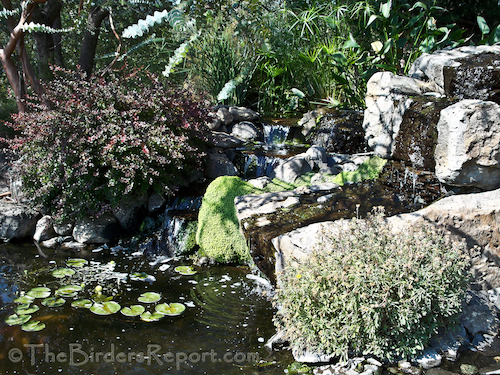
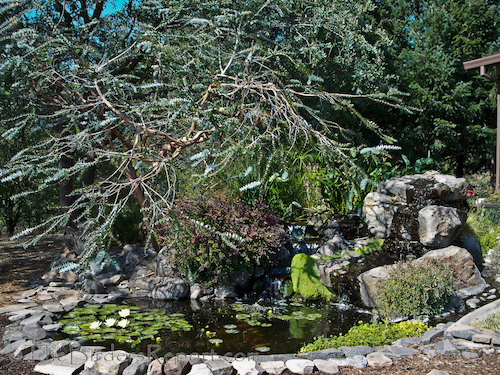
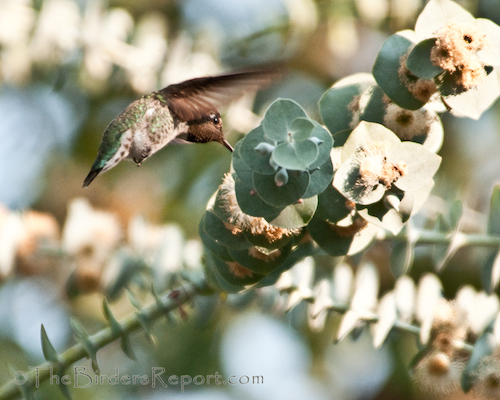
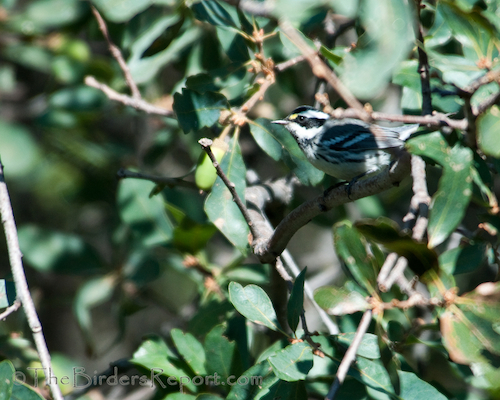
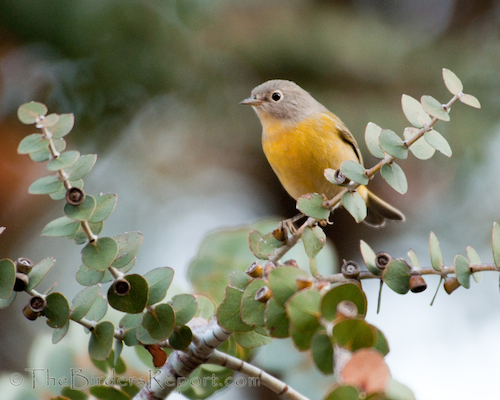
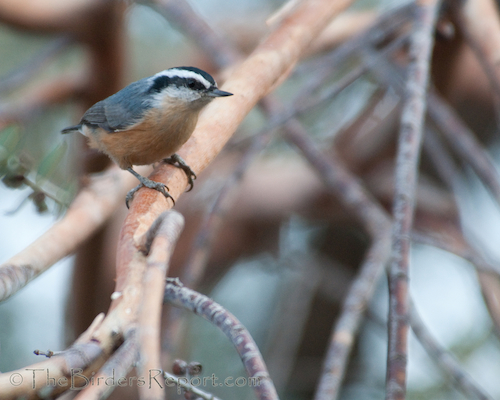
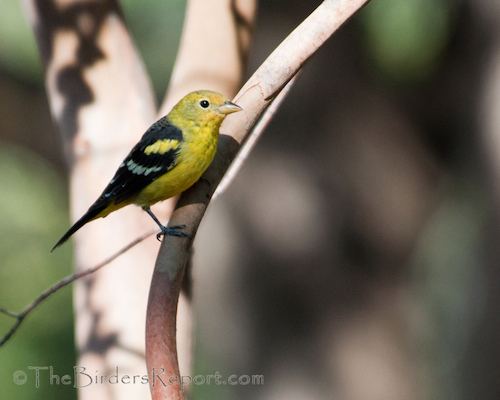
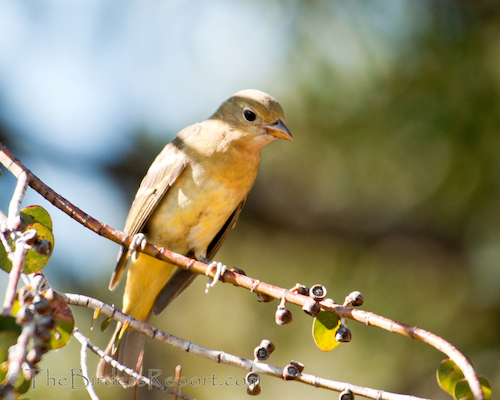
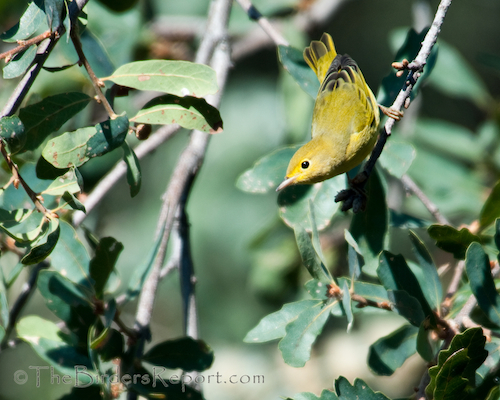
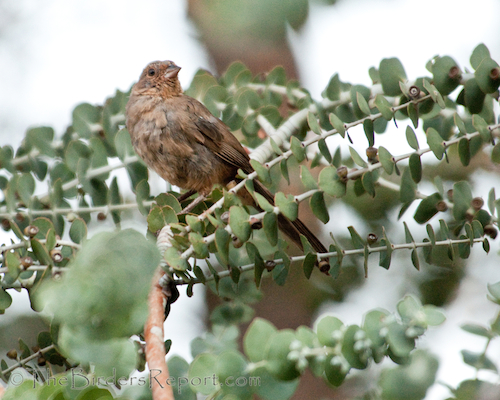



Social Media Connect